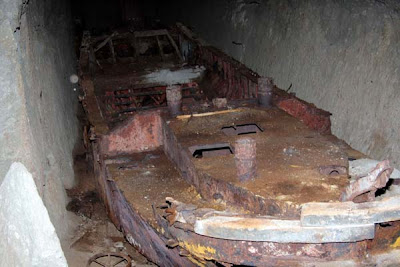
Copra is the local south pacific name for dried sections of the meaty inner lining of the coconut palm (Cocos nucifera). It is the principal commercial product derived from the coconut palm, and is used primarily as a source of coconut oil.
Coconut oil was introduced as a source of edible fat in northern Europe in the 1860’s because of a shortage of dairy fats. Early in the 20th century it became known in the United States. Western Europe now imports about half a million tons annually, principally from the Philippines, but it is also an important export in Papua New Guinea, Vanuatu, Mozambique, Malaysia, and the Pacific Islands. The economy of many small islands is heavily dependent on the production of copra.


Harvesting copra is a tedious, beak-breaking business. The ripe coconuts are split with a machete and laid out to dry in the sun. The meat is then scraped out and dried, packed into burlap bags,
taken to the mill or to local copra buyers where payment is made - thus the term “cash crop”
To remove the oil, copra is pulverized, steamed, and pressed. The remaining residue is often utilized to feed livestock. The raw coconut oil is subsequently refined.
Coconut oil makes up about 20 percent of all vegetable oils used in the world. It is a common ingredient in margarines, vegetable shortenings, salad oils, and confections. Coconut oil is also used in the manufacture of soaps, detergents, and shampoos because it has high levels of lauric acid, an ingredient that gives soap a quick-lathering property. Another big market for coconut oil is in the production of cosmetics. It can also be added to glues, epoxies and lacquers to provide flexibility
Info from internet site “The Tree of Life – Coconuts & Copra”
Postscript - Ash has eased, flights are back on and we are all happy (for the time being)....oh and my feet are clean (for the time being)!!!!


















































